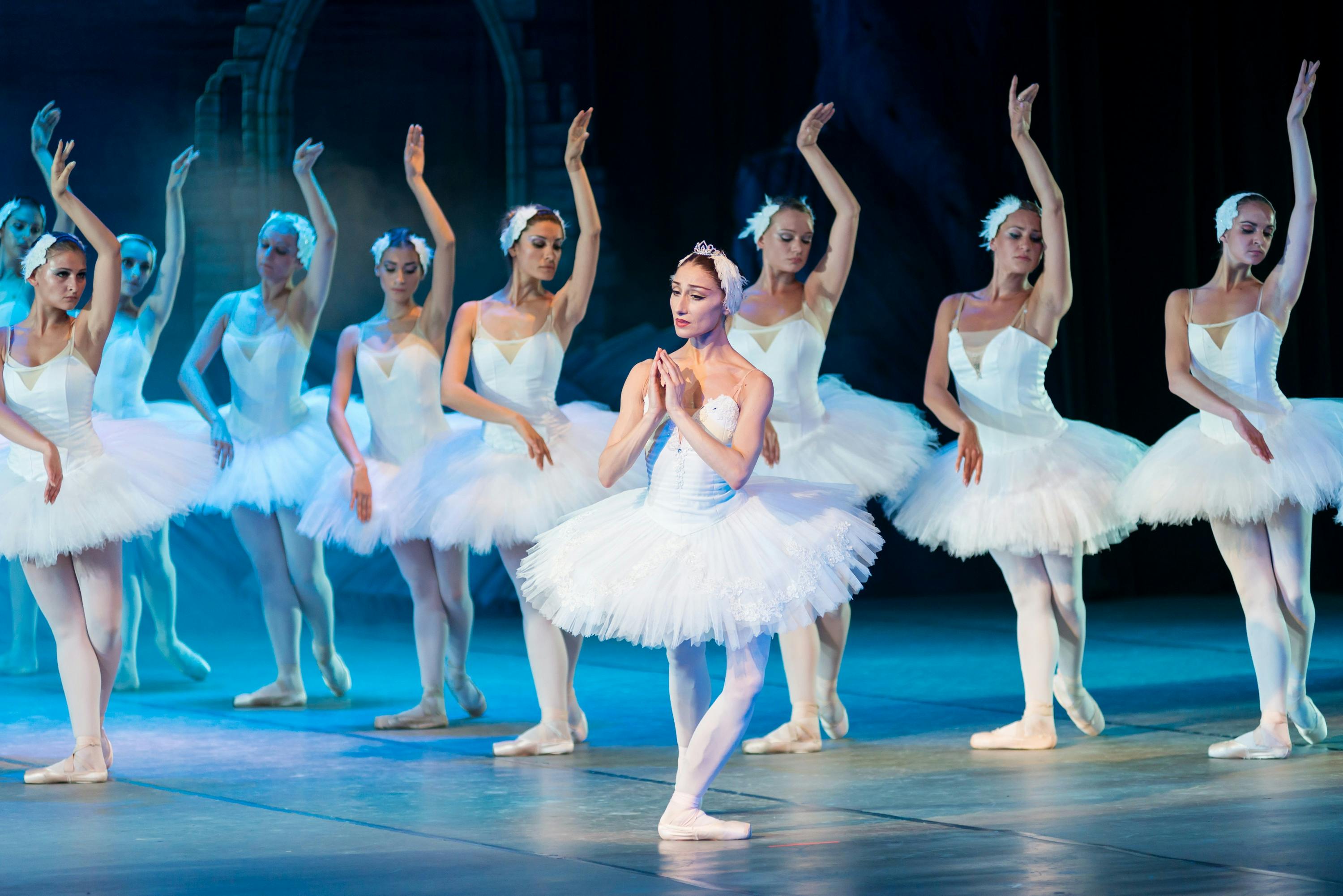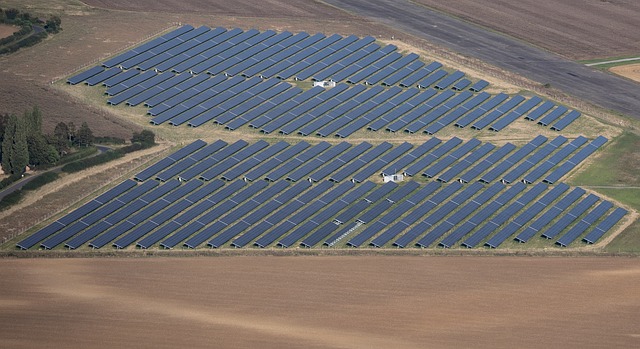Reimagining Ballet: Contemporary Interpretations Breathing New Life into a Storied Art Form
Introduction: Ballet, an art form steeped in tradition and elegance, is being re-envisioned in the modern age. This article uncovers how contemporary interpretations are infusing new life into ballet, keeping it relevant and fresh for today’s discerning audience.

The Classical Ballet Heritage
Ballet originated in the Italian Renaissance courts of the 15th century and was further developed in France and Russia as a concert dance form. It is characterized by light, graceful movements and the use of pointe shoes that enable dancers to appear weightless. For centuries, ballet has been a symbol of sophistication and discipline, its narratives often drawing from romantic themes, folklore, and literature.
Ballet in the Modern Age
In the 20th century, ballet started to evolve with pioneering choreographers like George Balanchine and Martha Graham, who pushed the boundaries of the classical form. Today, contemporary ballet fuses traditional technique with modern dance styles, creating a hybrid that is dynamic, expressive, and reflective of our diverse, interconnected world. The narratives have expanded as well, often delving into contemporary themes and social issues.
The Implications of the Modern Interpretations
The injection of modern themes and interpretations into ballet has broadened its appeal, attracting a wider audience demographic. Younger generations, in particular, are drawn to the innovative narratives that resonate with their experiences. Issues such as gender equality, political resistance, mental health, and climate change are now being explored on the ballet stage, giving the art form a renewed relevance.
Pioneers of Contemporary Ballet
Notable figures in contemporary ballet include choreographers like Wayne McGregor, whose experimental style and collaborations with scientists, writers, and software engineers have created groundbreaking performances. Crystal Pite is acclaimed for her narrative-driven ballets that tackle human rights issues. These artists, among others, are reinventing ballet, demonstrating its capacity for evolution and growth.
The Future of Ballet
As we move further into the 21st century, the fusion of classical ballet and contemporary themes is likely to continue. Choreographers and dancers will push the boundaries, using ballet as a platform to express the complexities of the human condition. Far from being a stagnant art form, ballet is proving its ability to adapt, evolve and remain profoundly engaging.
In conclusion, the reimagination of ballet through contemporary interpretations is not only revitalizing the art form but also expanding its narrative scope. This evolution is instrumental in keeping ballet vibrant, relevant, and enthralling for modern audiences. The future of ballet seems promising with its segue into contemporary themes, ensuring its growth and survival in the rapidly changing landscape of arts and entertainment.




